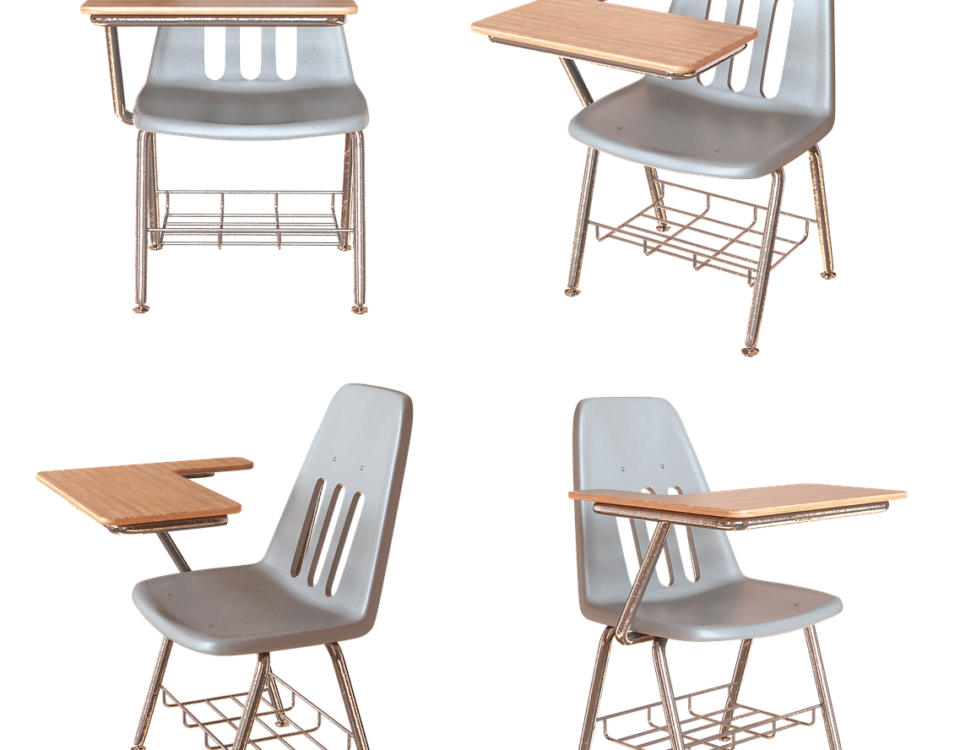New Layered Solid Rapid Prototyping Method

Surface Coating in Post-Processing of Layered Solid Manufacturing
February 13, 2025
Basic Principles of Selective Laser Sintering (SLS) Rapid Prototyping Process
February 13, 2025The layered solid rapid prototyping method involves the bonding of thin layers of material, followed by cutting based on the profile of the current layer. This process accumulates layer by layer to complete the prototype, and post-processing includes removing excess material. However, removing excess material can be cumbersome and time-consuming, particularly for internal hole structures and internal cavity shapes. In some cases, it can be nearly impossible to remove all the excess material. To address these challenges, a new rapid prototyping method using double-layer thin materials has been developed and tested.
The “OffsetFabrication” Method
Ennex Company has introduced an innovative rapid prototyping method known as “OffsetFabrication.” This technique uses a double-layer structure for the thin materials involved. The upper layer is the material used for the prototype, while the lower layer serves as a backing or support material. Before layering, the double-layer material undergoes profile cutting, and the layers are stacked and bonded based on the current layer’s outline. After bonding, the backing material separates from the layered material, carrying away the excess material from the current layer.
This method is effective when the area that requires excess material removal is smaller than the overall layered area. However, a limitation of the OffsetFabrication method arises if the excess material’s removal area exceeds the layered area. In such cases, excess material may remain attached to the previous layer.
Inhaeng Cho’s New Rapid Prototyping Method
To address the limitations of the “OffsetFabrication” method, Inhaeng Cho proposed an improved approach to layered solid rapid prototyping. The new method still uses double-layer thin materials, but in this case, the backing material only serves a bonding function. The layered material undergoes cutting twice: first, the inner profile of holes or cavities is cut, and then the excess material from these areas is removed during the separation of the backing and layered materials. The layered material that is free of excess material continues through the process, bonding with the previously made layers. The second cutting process is then performed to cut the remaining outer profile.
This method enhances the efficiency of removing internal material from holes and cavities and simplifies the removal of excess material from the rest of the prototype. Below is a breakdown of the six steps involved in this process:
- Initial Cutting of the Inner Profile: The inner profile of holes or cavities is cut during the first pass.
- Separation of Layers: The double-layer material is fed into the machine. The backing and layered materials separate, with the excess material from the holes or cavities sticking to the backing material.
- Raising the Workbench: The workbench is raised, allowing the layered material with the cut inner profile to make contact with the previously completed layer.
- Bonding the New Layer: A pressure roller presses the new layer onto the previous one, bonding them together.
- Second Cutting of the Outer Profile: The remaining outer profile of the current layer is cut.
- Lowering the Workbench: The workbench is lowered, completing the creation of the current layer.
This process is repeated for each layer until the entire prototype is completed. By using this method, excess material from internal holes or cavities is efficiently removed during the manufacturing process, while the removal of excess material from the other areas of the prototype becomes much simpler.
Advantages of the New Layered Prototyping Method
- Improved Material Removal Efficiency: The new method reduces the difficulty of removing excess material from internal cavities and holes, making the entire process more efficient and effective.
- Simplified Post-Processing: With the improved technique, post-processing becomes easier, especially when dealing with complex internal features. The excess material is already removed during the prototyping process.
- Precision in Layering: The double-layer technique ensures a higher level of precision and accuracy in creating prototypes with intricate internal structures.
- Time-Saving: By automating the removal of excess material during the prototyping process, the overall time required for prototyping and post-processing is significantly reduced.
- Enhanced Prototype Quality: The new method allows for the creation of more complex prototypes with fewer material-related issues, improving the overall quality and performance of the final product.
Conclusion
The new double-layer thin material rapid prototyping method offers a significant improvement over previous techniques, particularly in terms of removing excess material from internal structures. By utilizing a more efficient process of cutting, bonding, and material removal, this method reduces the challenges associated with traditional LOM rapid prototyping. The result is a more streamlined and cost-effective approach to creating high-quality prototypes with intricate designs. As this method continues to evolve, it promises to further enhance the capabilities of layered solid manufacturing in various industries.


